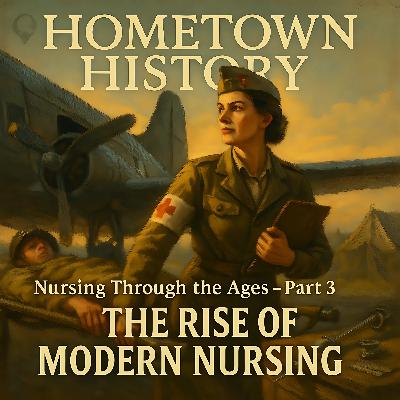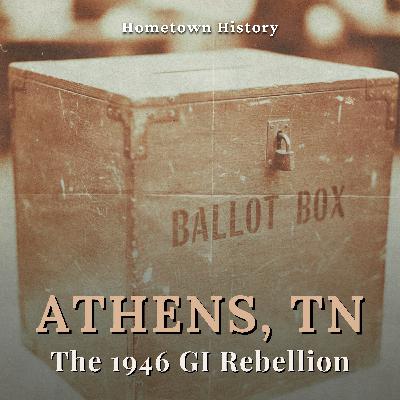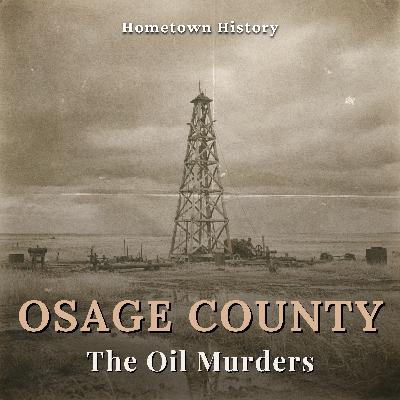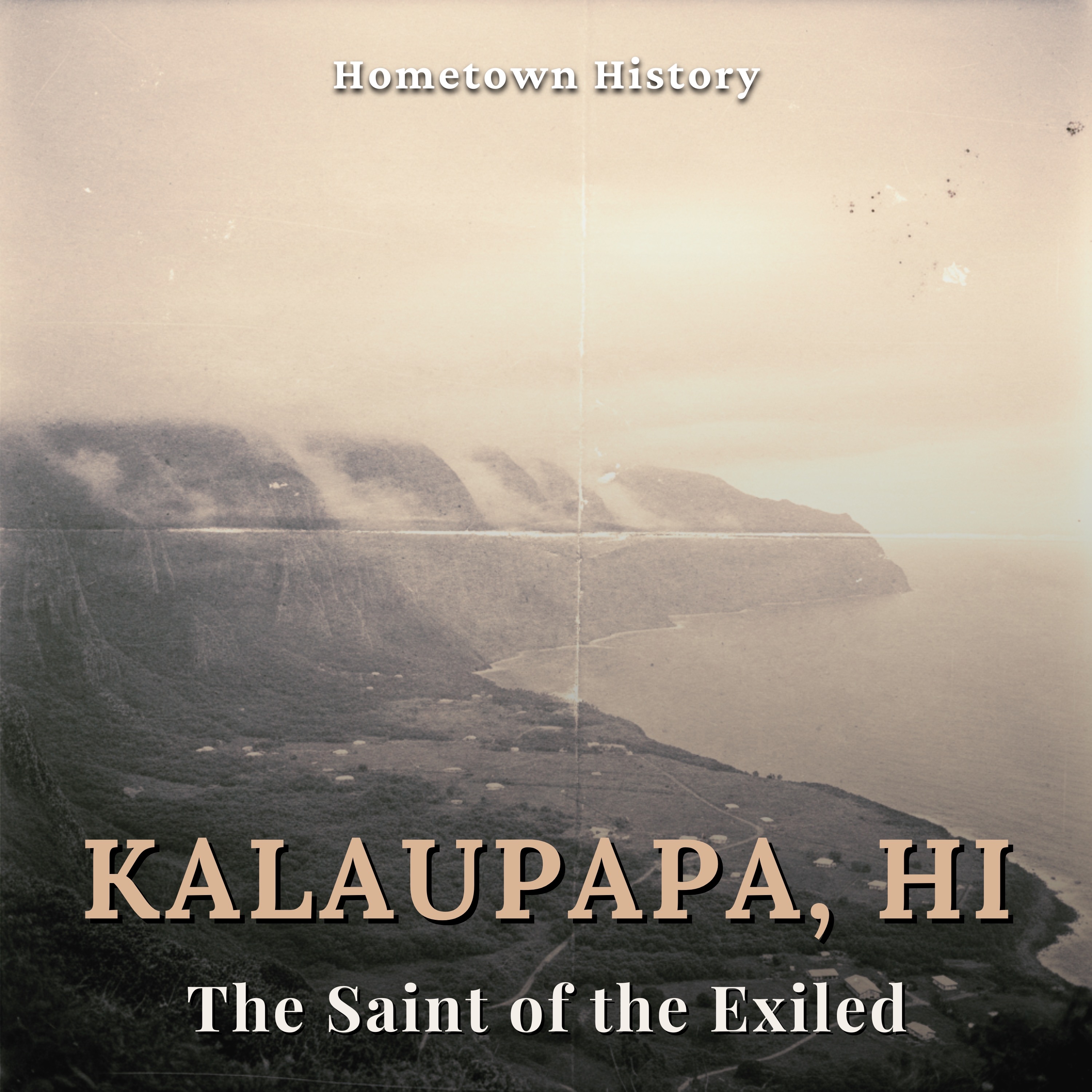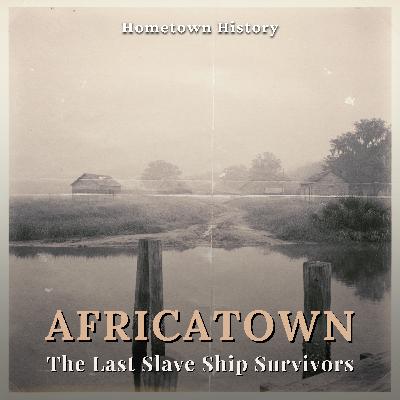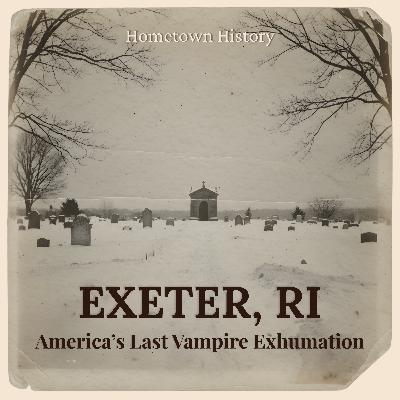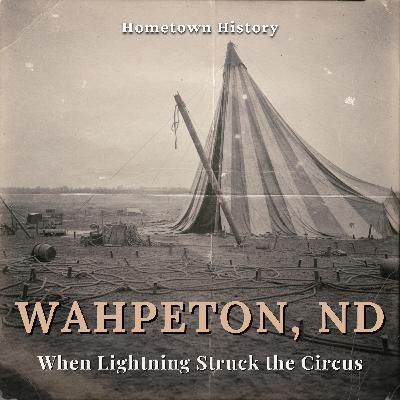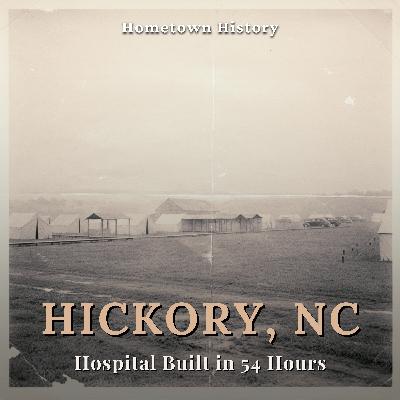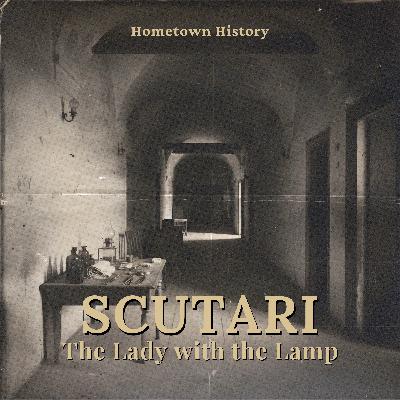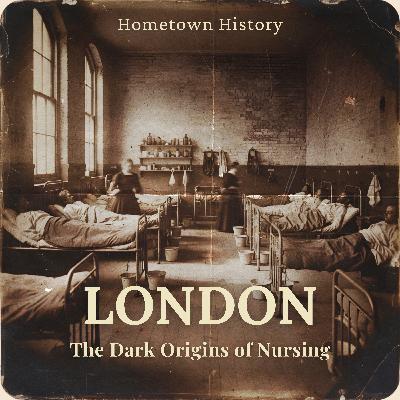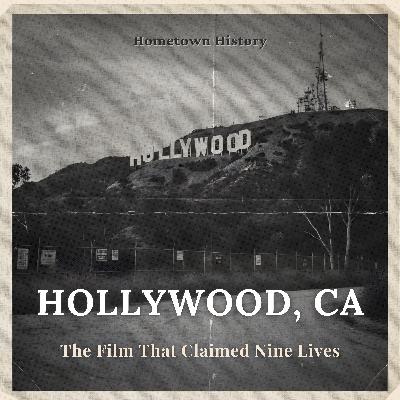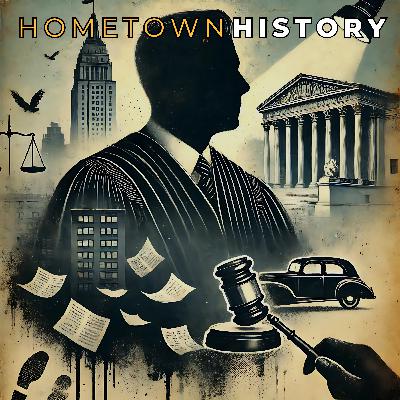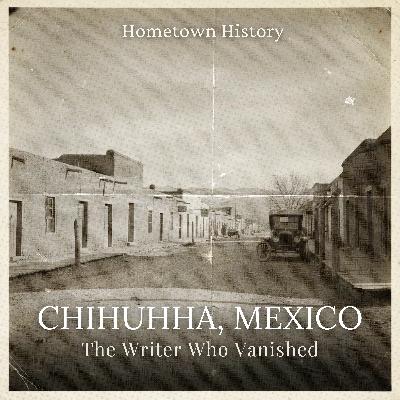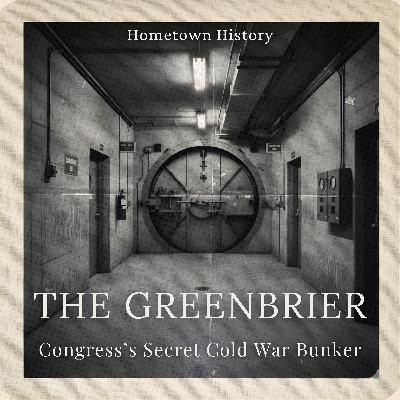American Nursing: How a Profession Was Born from War and Reform
Description
From battlefield tents to modern hospitals, nursing transformed from humble care work into one of the world's most trusted professions. This episode traces how pioneering figures like Mary Seacole, Clara Barton, and Lillian Wald built the foundations of modern nursing through war, reform, and unwavering commitment to community health.
Mary Seacole, born in Kingston, Jamaica in 1805, brought her Caribbean medical expertise to the Crimean War in 1854. When Britain's War Office turned her away, she built the British Hotel near the frontlines at her own expense. Soldiers called her "Mother Seacole" as her remedies and care saved countless lives. She returned to London penniless but beloved, with 40,000 admirers attending a fundraiser in her honor. Her model of community-funded care foreshadowed modern humanitarian clinics.
Clara Barton was teaching in Bordentown, New Jersey when the Civil War erupted in 1861. She emptied her boarding house furniture and stacked it with bandages, then talked her way onto supply wagons headed to the front. At Antietam, she improvised corn husk dressings when supplies ran out. After the war, Barton founded the Office of Missing Soldiers, identifying 22,000 graves. Exhausted, she sought rest in Switzerland but volunteered with the International Red Cross during the Franco-Prussian War in 1870. Back home, she lobbied presidents and legislators for twenty years, finally launching the American Red Cross in 1881. Under her leadership, the ARC staged its first peacetime disaster response during the Michigan Forest Fire Relief of 1881, proving nursing's value extended far beyond battlefields.
In 1893, Lillian Wald climbed the cramped stairs of a New York tenement to treat a boy bleeding on a kitchen table. The experience birthed the Henry Street Settlement where nurses lived among immigrant families, charging just pennies per visit or nothing at all. Wald coined the term "public health nurse," persuaded New York City schools to hire the nation's first school nurses, and helped found the NAACP. Her conviction: health care must travel to the patient, not the other way around. Every mobile clinic and vaccination bus operating today traces its DNA to Henry Street.
Timeline of Key Developments
- 1860 - St. Thomas' Hospital School of Nursing opens in London following Florence Nightingale's model
- 1873 - Three American nursing schools founded: Bellevue (New York), Massachusetts General (Boston), Connecticut Training School (New Haven)
- 1881 - Clara Barton establishes American Red Cross; stages first peacetime disaster response
- 1893 - Lillian Wald founds Henry Street Settlement; American Society of Superintendents of Training Schools formed
- 1896 - Associated Alumni (now American Nurses Association) established
- 1901 - U.S. Army Nurse Corps established
- 1903 - North Carolina becomes first state to pass Registration Act, protecting "registered nurse" title
- 1908 - U.S. Navy Nurse Corps established
- 1914-1918 - World War I: Over 22,000 U.S. Army nurses serve; 127 die in line of duty
- 1939-1945 - World War II: Nurse Corps expands from 1,800 to over 59,000 personnel; flight nurses achieve 96%+ survival rate
- 1945 - GI Bill funds nursing degrees for returning veterans
- 1965 - Medicare Act amplifies demand for professional nurses
- 1980 - American Nurses Association formally recognizes nursing as independent profession, not medical subset
- 2020-Present - COVID-19 pandemic demonstrates nursing's central role in community crisis response
Historical Significance
Modern nursing's transformation from charity work to licensed profession fundamentally changed healthcare delivery worldwide. The professionalization movement, spanning 1860-1980, established nursing education standards, legal protections, and clinical authority that saved millions of lives. Mary Seacole's community-funded model became the template for humanitarian medicine. Clara Barton's disaster response framework created the modern emergency relief system. Lillian Wald's public health nursing brought preventive care to underserved populations, reducing infant mortality and infectious disease transmission in American cities.
The two World Wars accelerated nursing's evolution dramatically. WWI nurses invented triage protocols and negative pressure splints still used today. WWII nurses pioneered blood transfusion techniques and flight evacuation systems that transformed battlefield survival rates. These innovations migrated into civilian healthcare, making modern emergency medicine possible. By 1980, nursing achieved full professional status with independent scope of practice, research capabilities, and advanced specializations.
Today's 4.2 million registered nurses in the United States provide care across hospitals, schools, homes, and community clinics. Nurses lead genomic therapy research, manage complex chronic diseases, and as demonstrated during COVID-19, anchor every public health crisis response. From Nightingale's lamp to modern tablets and telemedicine, nursing remains the most trusted profession in America for twenty consecutive years, according to Gallup polling.
Sources & Further Reading
- National Library of Medicine - History of Nursing Collections
- American Nurses Association - Nursing: Scope and Standards of Practice
- Barton, Clara - The Story of My Childhood (1907) - Available via Project Gutenberg
- Wald, Lillian - The House on Henry Street (1915) - Available via Internet Archive
- Seacole, Mary - Wonderful Adventures of Mrs. Seacole in Many Lands (1857) - Available via Project Gutenberg
- U.S. Army Medical Department - Army Nurse Corps History
Support this podcast at — https://redcircle.com/hometownhistory/exclusive-content
Advertising Inquiries: https://redcircle.com/brands

